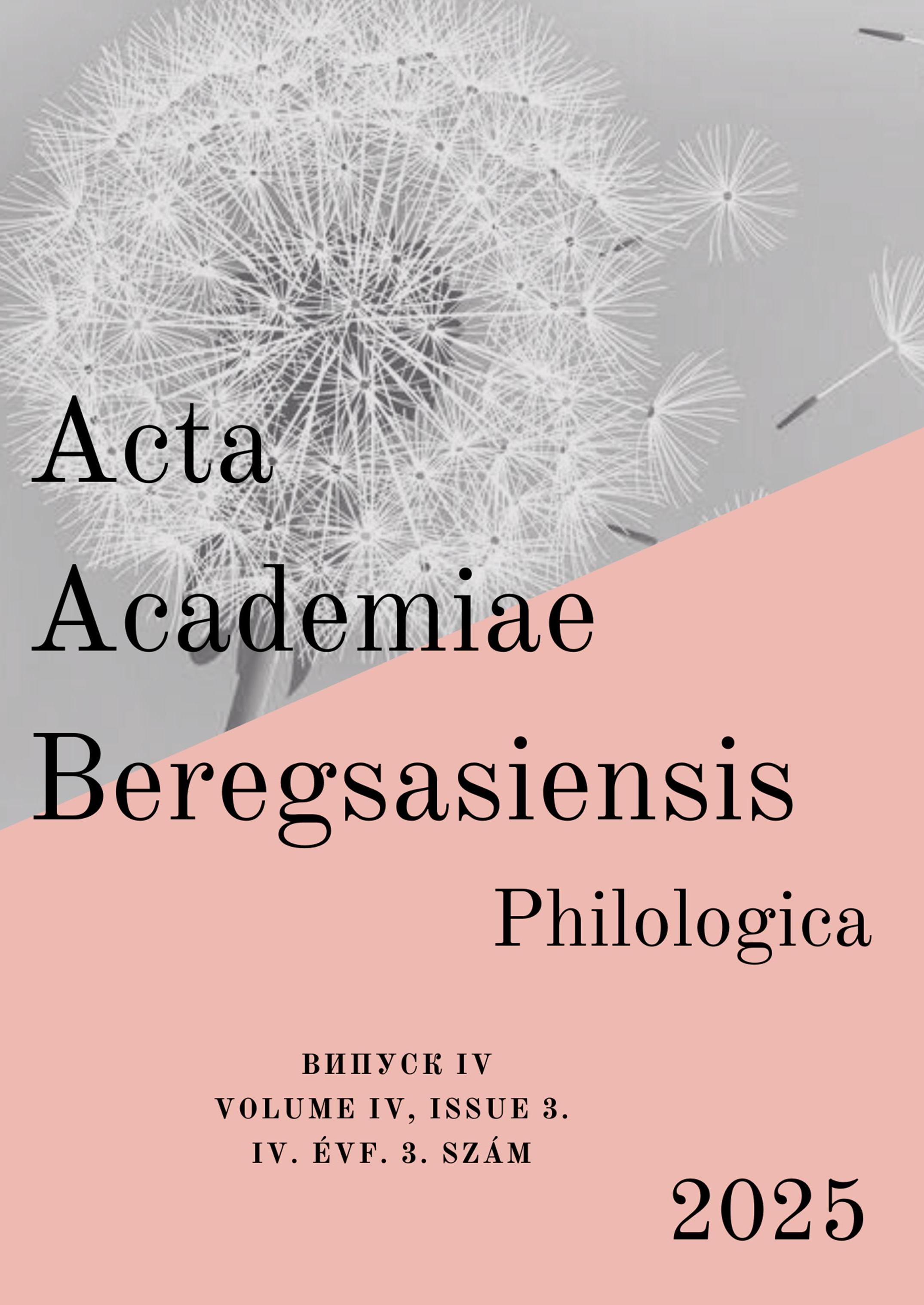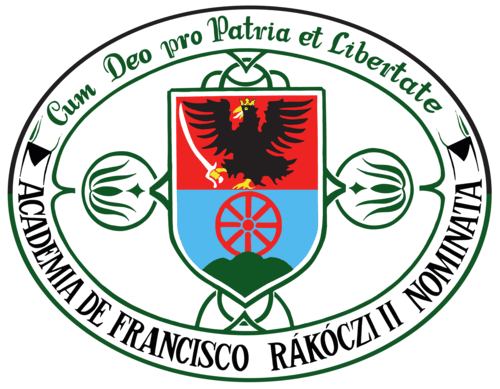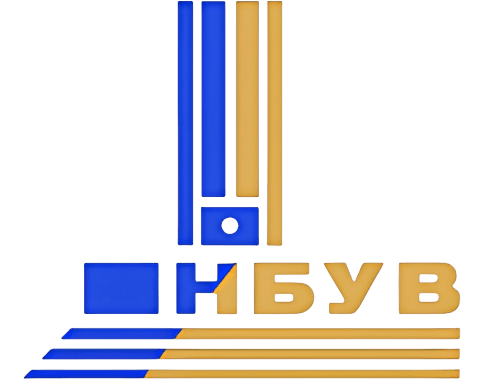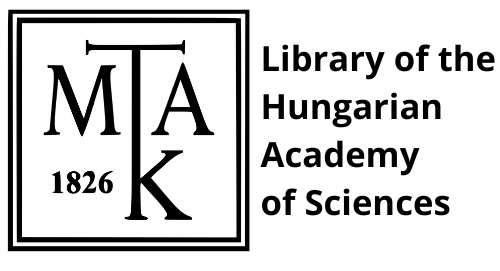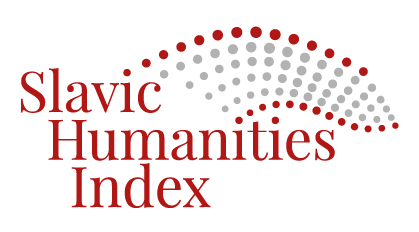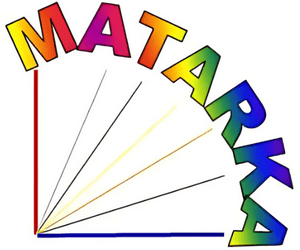Lexical matrices within the framework of sociolinguistic and psycholinguistic theory: a case study of French–English code-switching
DOI:
https://doi.org/10.58423/2786-6726/2025-3-126-139Keywords:
code-switching, psycholinguistics, bilingualism, matrix language, lexical retrieval, French–English, sociolinguistics, grammatical constraintsAbstract
This article explores the phenomenon of French–English code-switching within the framework of psycholinguistic theory, offering a comprehensive analysis of its cognitive, linguistic, and sociolinguistic dimensions. Code-switching, defined as the alternation between two or more languages within a single communicative act, is examined through foundational theories from scholars like U. Weinreich, S. Poplack, J. J. Gumperz, and K. de Bot. The study delves into psycholinguistic models, such as Levelt’s speech production framework, which outlines stages like conceptual preparation, grammatical encoding, phonological encoding, and articulation. De Bot’s bilingual lexicon model suggests that lexicons of different languages form interconnected subsystems within a unified framework, enabling seamless code-switching through lemma selection and word-form retrieval. The concept of the matrix language, introduced by F. Grosjean, highlights how bilingual speakers operate in monolingual or bilingual modes, with co-activation of languages facilitating dynamic linguistic transitions.
Linguistically, the article addresses constraints like S. Poplack’s equivalence constraint, which ensures structural compatibility, and J. MacSwan’s minimalist approach, which views code-switching as the merging of lexicons within a unified grammatical system. Challenges to rigid constraints, such as the government principle, reveal the flexibility of bilingual speech, influenced by social and pragmatic factors. French–English code-switching, prevalent in fashion and lifestyle media, exemplifies how French terms like laissez-faire, je ne sais quoi, and rendezvous are integrated into English discourse to evoke sophistication and cultural prestige. These terms often function as borrowings or code-switches, reflecting bilingual competence and cultural signaling.
Sociolinguistically, code-switching serves as a marker of identity and prestige, particularly in globalised contexts. The article emphasises the cognitive flexibility of bilinguals, as noted by E. Bialystok, and the role of social context in shaping language choice, as discussed by P. Auer and B. Spolsky. Examples from media texts illustrate how French terms enhance rhetorical expressiveness while adhering to English grammatical norms. The study concludes that French–English code-switching reflects a complex interplay of cognitive processes, linguistic structures, and cultural dynamics, offering insights into bilingual communication and its role in modern discourse.
References
1. Holovach, T. M. 2016. Ekzotyzmy yak markery mizhkulturnoi komunikatsii (na materiali suchasnykh anhlomovnykh mediatekstiv): dysertatsiia na zdobuttia naukovoho stupenia kandydata filolohichnykh nauk [Exotisms as Markers of Intercultural Communication (Based on Contemporary English-Language Media Texts): Dissertation for the Degree of Candidate of Philological Sciences]. Lviv: Lvivskyi natsionalnyi universytet imeni Ivana Franka.
2. Auer, Peter 1984. The pragmatics of code-switching: a sequential approach. In: Milroy, Lesley – Muysken, Pieter eds. One Speaker, Two Languages: Cross-Disciplinary Perspectives on Code-Switching. Cambridge: Cambridge University Press, pp. 115–135.
3. Auer, Peter 2002. Introduction: Bilingual Conversation revisited. In: Auer, Peter ed. Code-Switching in Conversation. Language, Interaction and Identity. London: Routledge, pp. 1–24.
4. Bialystok, Ellen – Craik, Fergus – Luk, Gigi 2008. Cognitive control and lexical access in younger and older bilinguals. Journal of Experimental Psychology: Learning, Memory and Cognition 34/4: pp. 859–873. https://doi.org/10.1037/0278-7393.34.4.859
5. Blom, Jan-Petter – Gumperz, John 1972. Social meaning in linguistic structures: Code-switching in northern Norway. In: Gumperz, John – Hymes, Dell eds. Directions in Sociolinguistics: The Ethnography of Communication. New York: Holt, Rinehart and Winston, pp. 407–434.
6. Chomsky, Noam 1995. The Minimalist Program. Cambridge, MA: MIT Press.
7. Clyne, Michael 2003. Dynamics of Language Contact. English and Immigrant Languages. Cambridge: Cambridge University Press.
8. De Bot, Kees – Schreuder, Robert 1993. Word production and the bilingual lexicon. In: Schreuder, Robert – Weltens, Bert eds. The Bilingual Lexicon. Amsterdam: John Benjamins Publishing Company, pp. 191–214.
9. Di Sciullo, Anne-Marie – Muysken, Pieter – Singh, Rajendra 1986. Government and code-mixing. Journal of Linguistics 22: pp. 1–24.
10. Gardner-Chloros, Penelope 2009. Code-switching. Cambridge: Cambridge University Press.
11. Grosjean, François 1982. Life with Two Languages. An Introduction to Bilingualism. Cambridge, MA: Harvard University Press.
12. Grosjean, François 1989. Neurolinguists, beware! The bilingual is not two monolinguals in one person. Brain and Language 36: pp. 3–15.
13. Heredia, Roberto R. – Altarriba, Jeanette eds. 2014. Foundations of Bilingual Memory. New York: Springer.
14. Levelt, Willem J. M. 1989. Speaking: From Intention to Articulation. Cambridge, MA: MIT Press.
15. MacSwan, Jeff 2005. Code-switching and generative grammar: a critique of the MLF model and some remarks on “modified minimalism”. Bilingualism: Language and Cognition 8/1: pp. 1–22.
16. Poplack, Shana 1978. Syntactic structure and social function of code-switching. In: Duran, Richard ed. Latino Language and Communicative Behaviour. New York: Ablex Publishing Corporation, pp. 169–184.
17. Romaine, Suzanne 1995. Bilingualism (Second Edition). Oxford: Basil Blackwell.
18. Spolsky, Bernard 2009. Prolegomena to a sociolinguistic theory of public signage. In: Shohamy, Elana – Gorter, Durk eds. Linguistic Landscape. Expanding the Scenery. New York–London: Routledge, pp. 25–39.
19. Weinreich, Uriel 2011. Languages in Contact. French, German and Romansh in Twentieth-Century Switzerland. Amsterdam: John Benjamins Publishing Company.
20. Woolford, Ellen – Washabaugh, William eds. 1983. The Social Context of Creolization. Ann Arbor: Karoma Publishers.
Downloads
Published
How to Cite
Issue
Section
License
Copyright (c) 2025 Olga Kosovych, Shon Olena

This work is licensed under a Creative Commons Attribution 4.0 International License.
Authors retain copyright and grant the journal the right of first publication. The work is simultaneously licensed under a Creative Commons Attribution 4.0 International License (CC BY 4.0), which permits others to share the work with appropriate credit given to the author(s) and the initial publication in this journal.
